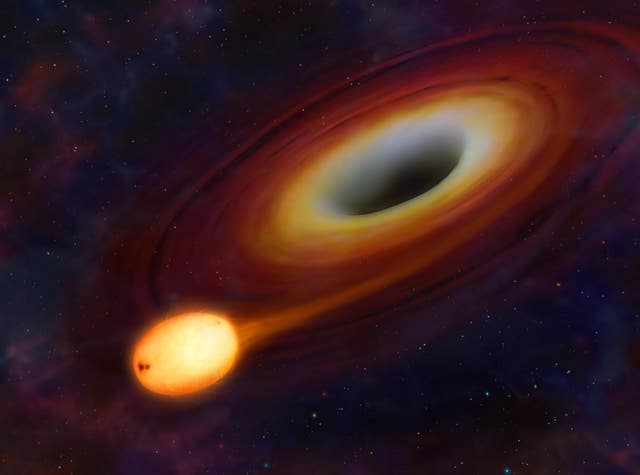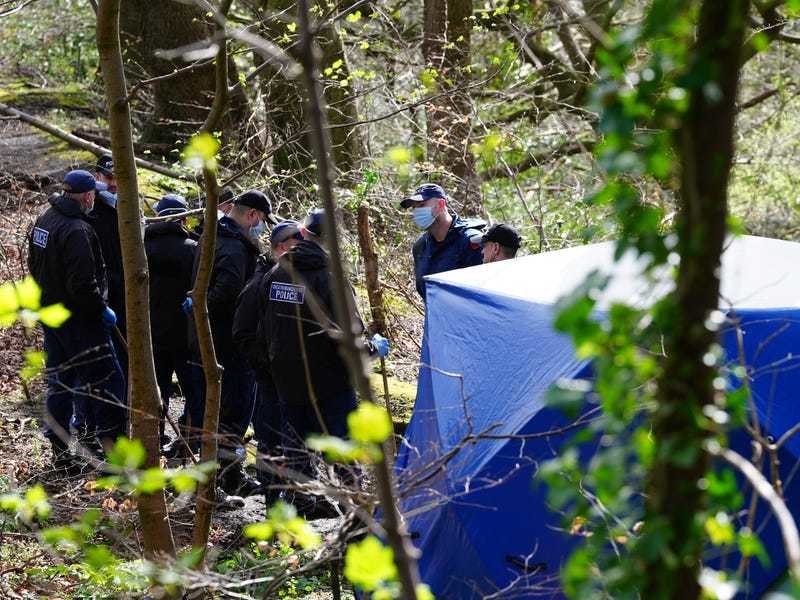In an echo of the Beatles’ song Day In The Life, a study points to evidence of thousands of holes – not in Blackburn, Lancashire, but at the centre of our galaxy, the Milky Way.
They are black holes, and there are probably a lot more of them than it takes to fill the Albert Hall.
The idea that a plethora of smaller black holes may surround the “supermassive” hole at the heart of the Milky Way dates back decades. But it has remained an unproven theory because the holes are so difficult to detect.

They searched for X-rays emitted by a subgroup of low-mass black holes that have captured a passing star in their gravitational grip, creating a “black hole binary”.
US astrophysicist Dr Chuck Hailey, from Columbia University in New York City, said: “This finding confirms a major theory and the implications are many.
“It is going to significantly advance gravitational wave research because knowing the number of black holes in the centre of a typical galaxy can help in better predicting how many gravitational wave events may be associated with them.
“All the information astrophysicists need is at the centre of the galaxy.”
The supermassive black hole at the heart of the Milky Way known as Sagittarius A (Sgr A) contains about four million times the mass of the sun and is 26,000 light years from Earth.
The halo of gas and dust around Sgr A is thought to provide the perfect breeding ground for massive stars that collapse into black holes when they die. These black holes, and others from outside the halo, are pulled towards Sgr A and held captive around it, scientists believe.
However, detecting them is a major a challenge. “Isolated, unmated black holes are just black – they don’t do anything,” said Dr Hailey. “So looking for isolated black holes is not a smart way to find them.”
Instead, his team scoured through archived data from the Chandra X-ray space telescope to identify the X-ray signatures of black hole binaries. The search turned up 12 of the objects within three light years of Sgr A. Further analysis of their properties indicated that there must be up to 500 black hole binaries in total.
The findings are reported in the latest issue of Nature journal.
In the Beatles’ 1967 song Day In The Life, from the Sergeant Pepper album, John Lennon sings: “I read the news today, oh boy: 4,000 holes in Blackburn, Lancashire”. He adds: “Now they know how many holes it takes to fill the Albert Hall.”






